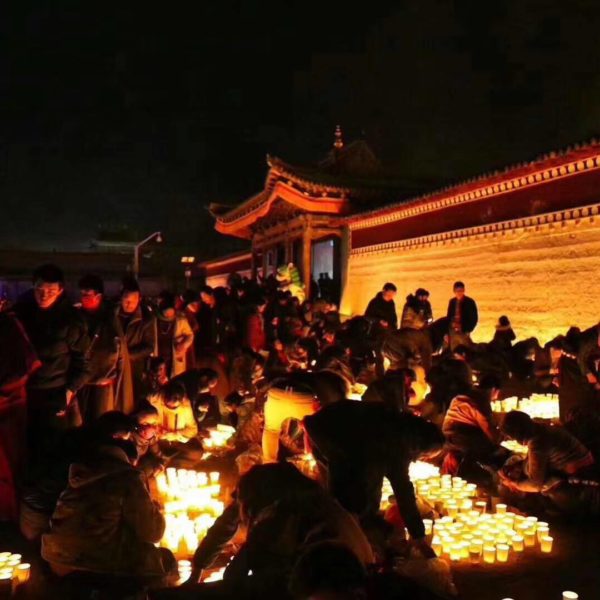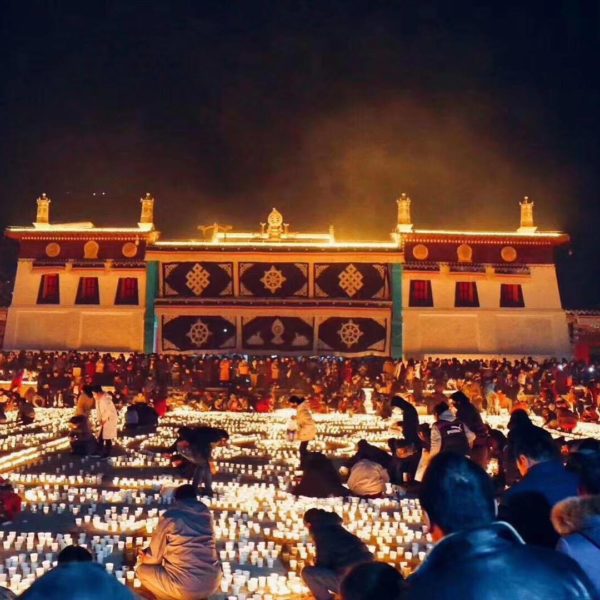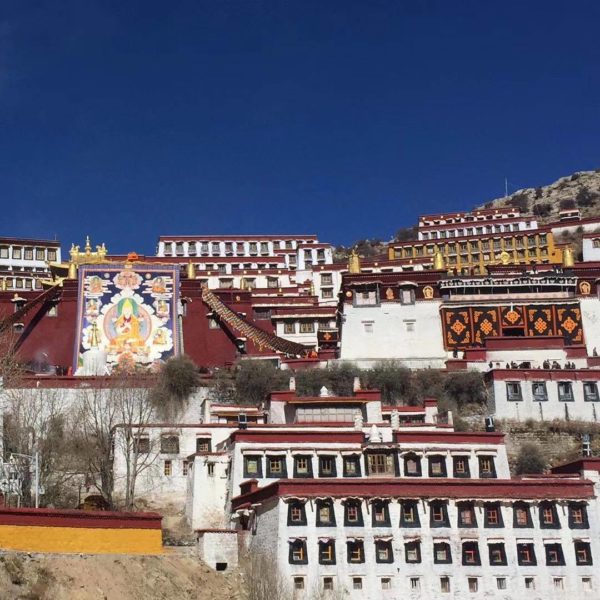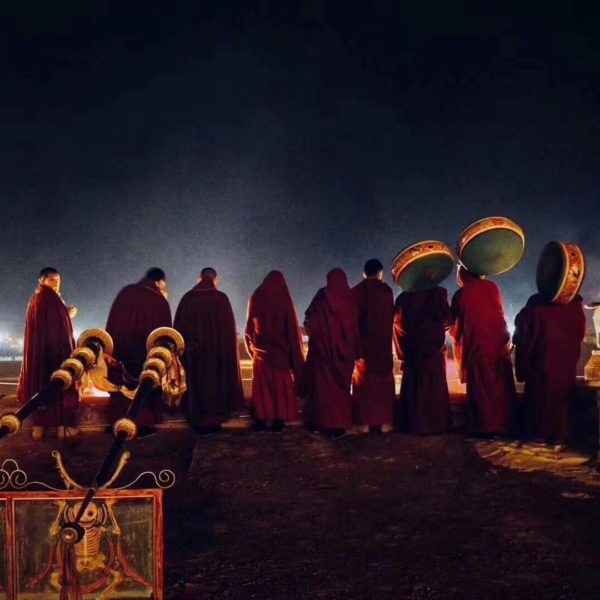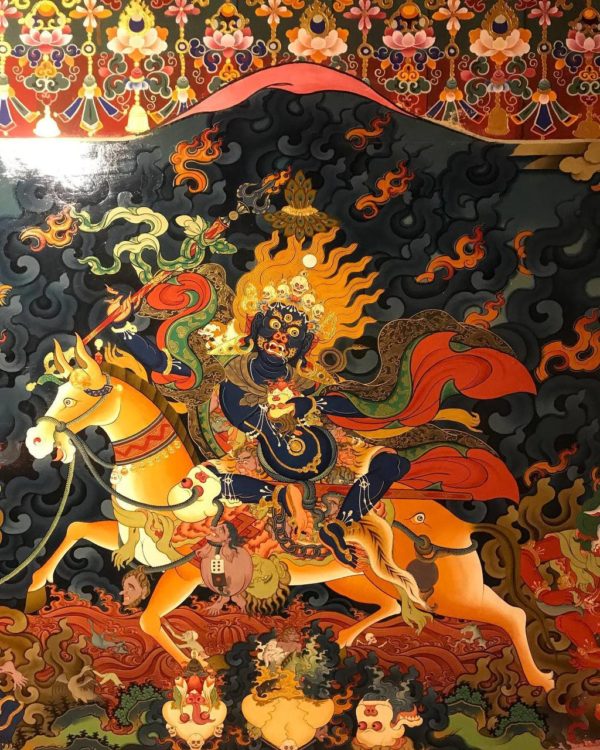YAMUNOTRI – GANGOTRI – KEDARNATH – BADRINATH. CHAR DHAM
Route:
Delhi – Rishikesh – Barkot – Yamunotri – Uttarkashi – Gangotri – Guptkashi – Kedarnath – Badrinath – Rishikesh.
Char Dham.
About the tour:
Char Dham, also known as the “four abodes”, is a journey up the mountains to four sacred temples in the northern Indian state of Uttarakhand.
Yamunotri Dham, Gangotri Dham, Badrinath Dham and Kedarnath Dham. Bright myths are associated with each of these temples, which give them great religious significance.
Gangotri
YAMUNOTRI
Yamunotri Dhama, the first Dhama on the yatra route, is located at Yamunotri, where the sacred river Yamuna originates. The path is named after the goddess Yamuna, the twin sister of Yama (the god of death). Bathing in the holy waters of the Yamuna River is said to cleanse one of all sins and protect against premature death.
The Yamunotri Dhami idol of Goddess Yamuna is in the form of a black marble idol and is set against the backdrop of the river Yamuna flowing on one side of the temple, creating a breathtaking sight.
GANGOTRI
Gangotri Dham is the birthplace of the river Ganga. Popular Hindu legends suggest that the Ganga River originated because Lord Shiva decided to release the mighty river from a lock of his hair. Gangotri Dham, dedicated to the goddess Ganga, is the second of the four temples on the Chota Char Dham route.
The foundation of this temple was laid by the Nepalese general Amar Singh Thapa.
Gaumukh, a sacred stretch of the Gangotri Glacier, is where the mighty river begins its journey. This place is about 19 kilometers from Gangotri. Some popular religious places like Bhagirath Sheela and Pandava Gufa are also located close to Gangotri Dhama.
KEDARNATH BADRINATH
Kedarnath Dham is an uphill climb of about 22 kilometers from Gaurikund.
Ponies and manchans are available for pilgrims to help them reach the structure.
Kedarnath Dham is known to be one of the five places where Lord Shiva is believed to reside.
In the Vedas and Puranas, the word Kedar refers to Lord Shiva.
Kedarnath, according to holy faith and sanctity, is known as the land of Lord Shiva, where the Lord still resides in the form of a Linga. It is also the highest jetirling.
The temple is an old stone one. a house located on the banks of the Mandakini River. It is believed to have been built by the Pandavas and revived by Adi Shankara in the 8th century AD. The view of this temple against the snowy background is simply wonderful. Kedarnath Dham is undoubtedly one of the most important Dhams of the Yatra.
Badrinath Badrinath is dedicated to Lord Vishnu, especially in the dual form of Vishnu – Nara-Narayana. The Badrinath Temple was restored by Adi Shankracharya in the 8th century as part of his mission to revive Hinduism. Badrinath Dham is located on the banks of the Alaknanda River and is adjacent to many ancient monuments of both historical and religious value. It is not surprising that Badrinath, despite the difficult way to the place is one of the most visited shrines in the country. On our tour, we will visit seven special Indian Himalayan cities.
Rishikesh – Our journey will start from Rishikesh where we will spend the first two nights. Rishikesh is known for its spiritual significance and long history of yoga, meditation and spirituality. It is the birthplace of yoga and home to numerous ashrams and temples such as the famous Parmarth Niketan and Triveni Ghat. Ashrams offer yoga and meditation practices as well as spiritual teachings, making these places ideal for those who want to explore India’s spiritual and cultural heritage.
Tour program:
Day 1 – Check into hotel in Rishkesh, rest and prepare for a special Hindu ritual called Arti in Rishkesh. Dinner and overnight in Rishkesh.
Day 2 – breakfast and preparation for an afternoon tour of the city of Dev Pryag. Devprayag is a wonderful display of traditions, myths and mysticism. It is the place where the sacred rivers Bhagiriti and Alaknanda meet, merge into one and take the name Ganga, making it a unique pilgrimage. It is believed that Lord Rama and his father King Dasharath (from the epic Ramayana) did penance here. Dinner and overnight in Rishkesh.
2 nights in Barkota
Barkot is 180 km from Rishikesh and 50 km from our first significant Yamunotri temple.
Day 3 – Breakfast at Rishkesh and transfer to Rishkesh, the journey will take 8 hours. On the way we will visit the very beautiful Laku Mandal Shiva Temple. Hotel accommodation, dinner and overnight in Barkot.
Day 4 – Rise early in the morning at 3 am and move to Yamunotra which is 50 km from Barkot. In Yamunotra, we have to walk 7 km one way to the temple. Returning to the hotel. Dinner and overnight in Barkota.
Day 5 – Wake up in the morning, have breakfast and move to Uttarkashi which is 80 km from Barkot and a 3 hour drive. Check-in at the hotel and start the afternoon tour of the city of Uttarkashi. Dinner and overnight at Uttarkashi.
Day 6 – Wake up early in the morning at 3 am and get ready for our next temple Gangotri which is 100 km and 4 hours drive one way. In the evening, return to the hotel, dinner and overnight in Uttarkashi.
Day 7 – wake up in the morning and have breakfast. Drop off and transfer to Guptakashi, a distance of approximately 200 km, the journey takes a whole day. Check-in, dinner and overnight in Guptakashi.
Note. After reaching Guptkasha, we will start our journey to one of the most important and popular Shiva temples in the world called Kedarnath. It is 21 km one way. We have several options to go there. We can go on foot, in a human cart or in a helicopter. Helicopter tickets are not included and can cost between $100 and $150. Horseback riding is also available, but our tour does not allow riding horses or any animals.
Day 8 – Day 9
We will stay at Guptaksha or overnight at Kedarnath if trekking. If we have a helicopter, we will visit Kalimat. The most important temple of the goddess Kali.
Breakfast and dinner.
Day 10
Wake up in the morning, have breakfast and transfer to Badrinath which is 200 km away and it will be a full day journey. Hotel accommodation, dinner and overnight in Badrinath.
Day 11
Wake up in the morning, have breakfast and go on a tour of Badrinath from India’s last village and some other Hindu temples. In the evening we will visit Badrinath temple. Dinner and overnight at Badrinath.
Day 12
Wake up in the morning, breakfast and transfer to Rishikesh, the distance to which is 300 km. The road to Rishikesh will take a whole day. Dinner and overnight in Rishikesh.
Day 13
Wake up in the morning, have breakfast and relax in Rishikesh, enjoying an Ayurvedic massage, meditation or a walk to the river of Goddess Ganga.
Day 14
Transfer to Delhi airport.
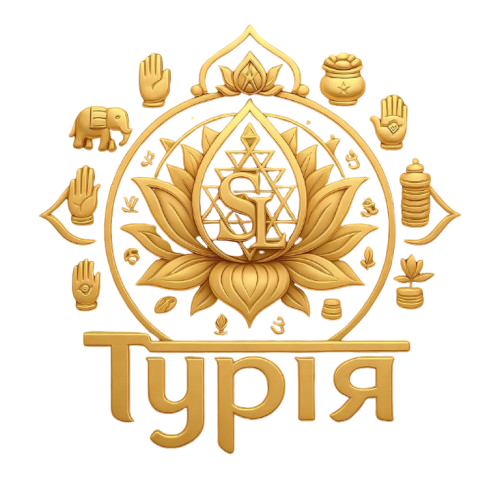

 Українська
Українська Русский
Русский
